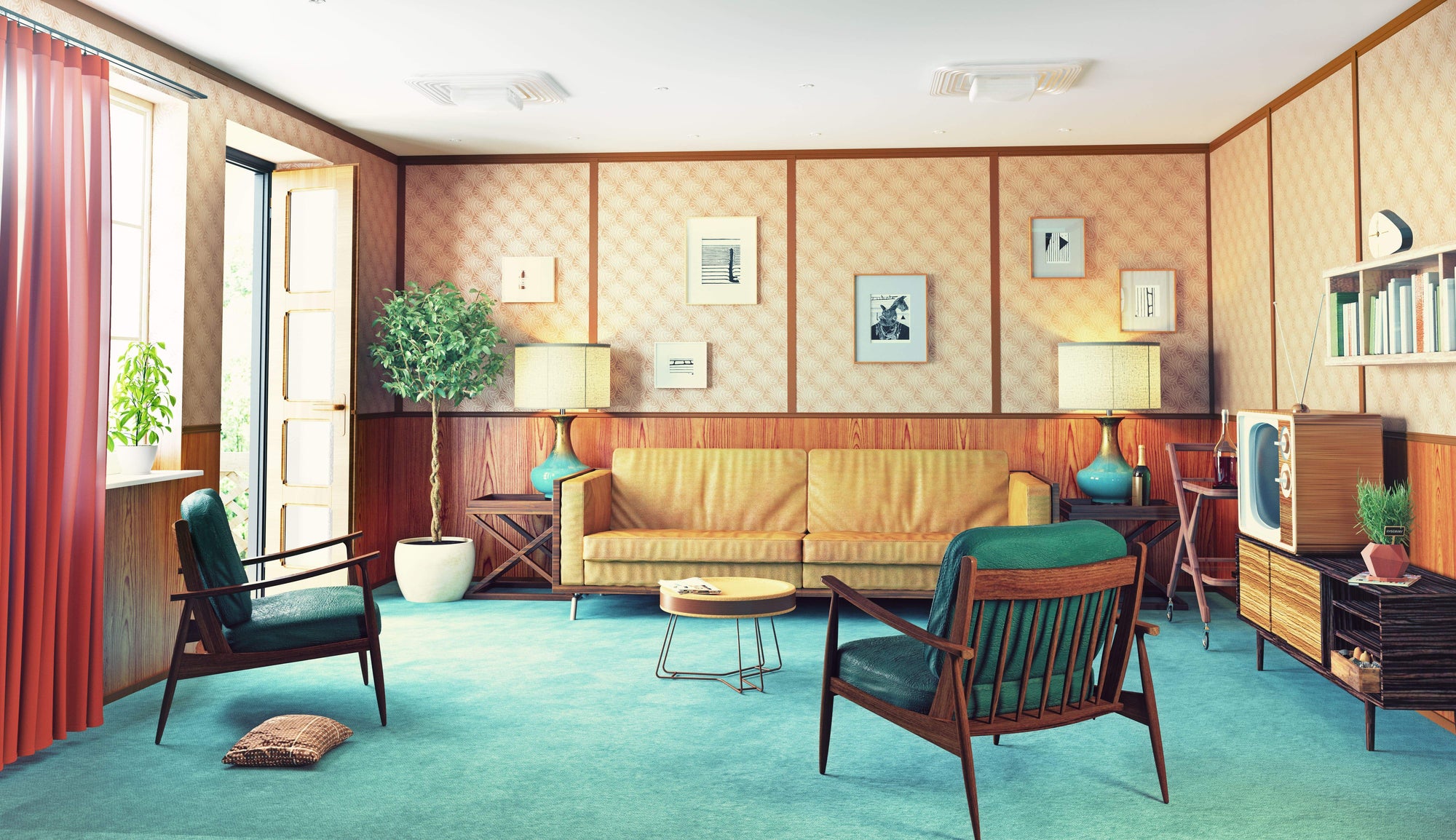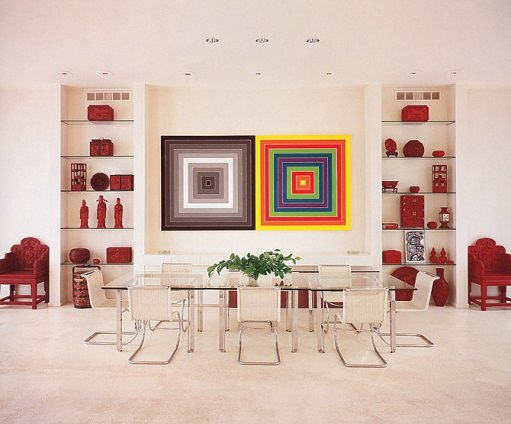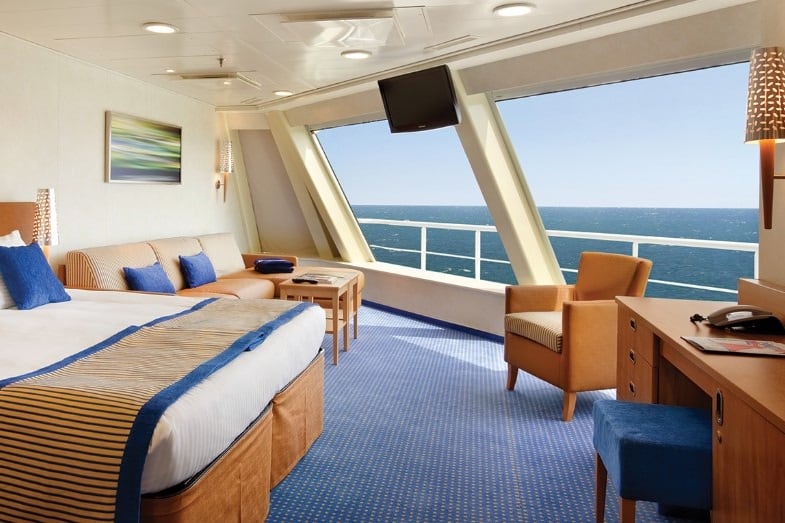Table Of Content

The pair was pulsed by discharging a 33µF capacitor into the pair, and the tweeter was moved from having the magnets in-line (both on the bench top) to having the two mounting surfaces in line. The total distance was about 40mm, and while there were differences, they were not pronounced. Part of the problem is that the mid-bass is slow compared to the tweeter, so there was no possibility of seeing separate impulses.
For volume
This means that the midrange selected forthis project must have enough surface area and excursion to play well below350Hz at a minimum of 100dB at one meter. Additionally, the midrange should have a resonant frequency less than175Hz. Since I wanted the option to usea 2nd order crossover, a 5 or 6-inch mid-bass was required to meetthe target specifications. The well-reviewedDayton RS150-8 Reference 6” mid-bass is an 8-ohm driver with the necessarysensitivity, excursion, diameter and low resonant frequency required to meetthe design requirements. Before designing acrossover, the cabinet must be fully assembled including ports anddrivers.
Subwoofer Box Avatar Audio AVATAR SVL-1547 D2
A variation on the 'traditional' bass reflex enclosure uses a passive radiator. This is pretty much a loudspeaker with no magnet or voicecoil, and it's generally tuned for a resonant frequency somewhat below that of the woofer. Some have weights that can be added or removed to tune the resonant frequency of the radiator. These have some advantages over a port, in that there is no possibility of 'chuffing' or other noises that a ported enclosure can create if the air velocity is too high. Rather than being radiated into the room, the sound from the rear of the speaker cone is absorbed, using proprietary fibre mats, felt, carpet, fibreglass, or a combination of these materials. Ideally, no rear radiation will be reflected back through the cone, something that becomes critical at midrange and higher frequencies.
Subwoofer Box DC Audio Shawn B
Alon Wolf: To Move Out of the Way - Stereophile Magazine
Alon Wolf: To Move Out of the Way.
Posted: Tue, 20 May 2008 07:00:00 GMT [source]
Personally, Iprefer loudspeakers that have a frequency response that tilts slightly downwardso I find the response of this speaker pleasing. It did not ultimately meet the design goal of+/-3dB frequency response deviation but it plays low bass with authority andsounds very good overall. Even though itis a ton of work, there is something very rewarding about designing aloudspeaker from the ground up and the owner of the speakers discussed in articleis extremely happy with his one of a kind creation. In this project, we used 3/4” Balticbirch with a 3/4” MDF baffle and bottom plate.
Free Speaker Box Design and Speaker Box Calculator
After a few good books and abit of forum surfing, I decided to jump into a much simpler 2-waymid-tweeter-mid design using pretty inexpensive drivers. This small project taught me a few lessons Ihope you will not have to learn the hard way. Heavy stands add mass to the system making it less likely to move with woofer excursion, and it's important that the stands don't have any audible resonance. While it's unlikely that resonance will be audible (it will be hard to excite any resonant mode unless the boxes are flimsy to start with), sturdy and acoustically 'dead' stands will give some peace of mind. Some provide cable management and/ or the ability to be sand-filled to eliminate (or at least damp) resonant frequencies.

Learn Speaker Design
Crossover design is essential in Hi-Fi speakers because it determines how different audio frequencies are distributed among the various drivers. A well-designed crossover ensures seamless integration of drivers, minimizes phase issues, and allows each driver to handle the frequencies it is best suited for. When an audio signal is received, it passes through the amplifier and then to the speakers.
Speaker Enclosures
Bass needs a larger driver than midrange, and once the diameter of the driver is 'significant' compared to wavelength, the off-axis response suffers. Ideally, the driver used for midrange shouldn't exceed around 125mm (5"), but if it has to handle bass as well that's somewhat on the small side of the ideal. In theory, the idea is that the line is infinitely long, but this is a little impractical for most listening spaces .
How Our Speaker Box Calculator Save Your Time?
The greater the asymmetry, the less chance there is of creating sub-panels with the same resonant frequency. The effectiveness of the bracing can be tested with an accelerometer (see Project an audio accelerometer for speaker box testing). This will tell you just how much a panel vibrates, and at what frequency (or frequencies). If you find a panel that appears to have too much vibration, additional bracing will be necessary to reduce it to a level you find acceptable.
Choosing the Right Speaker Enclosure Type and Material
This is certainly not something I'd want to tackle again, especially since I'm more than 20 years older (they were made when I was in my early 50s). That doesn't mean that I won't build any more speakers, but they will be (probably considerably) smaller and less complex overall. Speakers are without doubt the most compromised of all the components that go together for a complete hi-fi system. The individual drivers are a compromise, and not always due to cost - even very expensive drivers are still compromised by the materials and the laws of physics. When multiple drivers are used together, the compromises are simply magnified, but they are even greater if you try to get everything from a single driver.
Mostly, the line is designed for ¼ wavelength at the speaker's resonant frequency, and there will be some reinforcement from the open end of the line. These are notoriously difficult to get 'just right', and the process usually involves experimenting with stuffing within the transmission line until the desired outcome is achieved. An optimally set up transmission line should reduce the resonant frequency of the driver, something that no other enclosure type can achieve. When these materials are added loosely, the effect is to make the enclosure acoustically larger. Both of these change the way the loudspeaker driver reacts with the enclosed volume, mainly at or near the speaker's resonant frequency. Even this term will be variable - some will claim that -40dB is ok, others may insist on at least -60dB, while others might be content with -20dB.
If we have a baffle that is 17m square with our speaker in the centre, this is a theoretically infinite baffle as the sound wave is not large enough to interfere with the rear of the speaker. When a speaker operates, sound waves radiate from the front and rear of the speaker, since the speaker cone moves back and forth. After calculating the dimensions, make sure that you do a 'sanity check', by multiplying each dimension (in decimetres). You should get very close to the number you started with, in both of the cases shown above the answer is very close to 15 litres.























